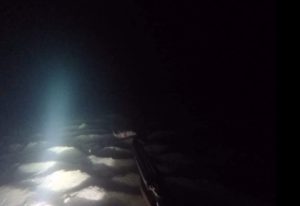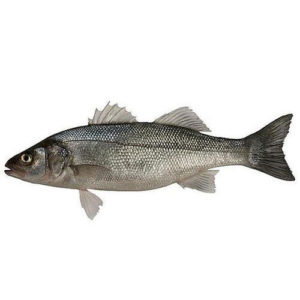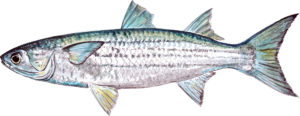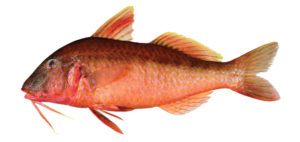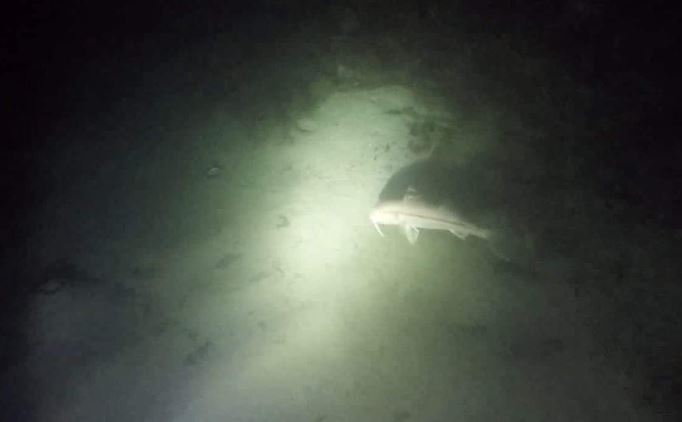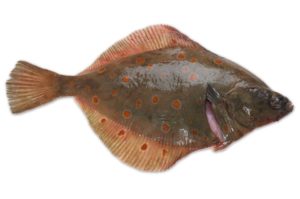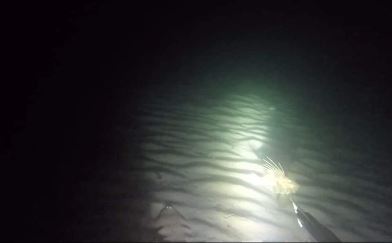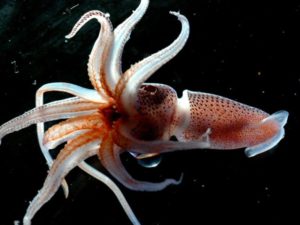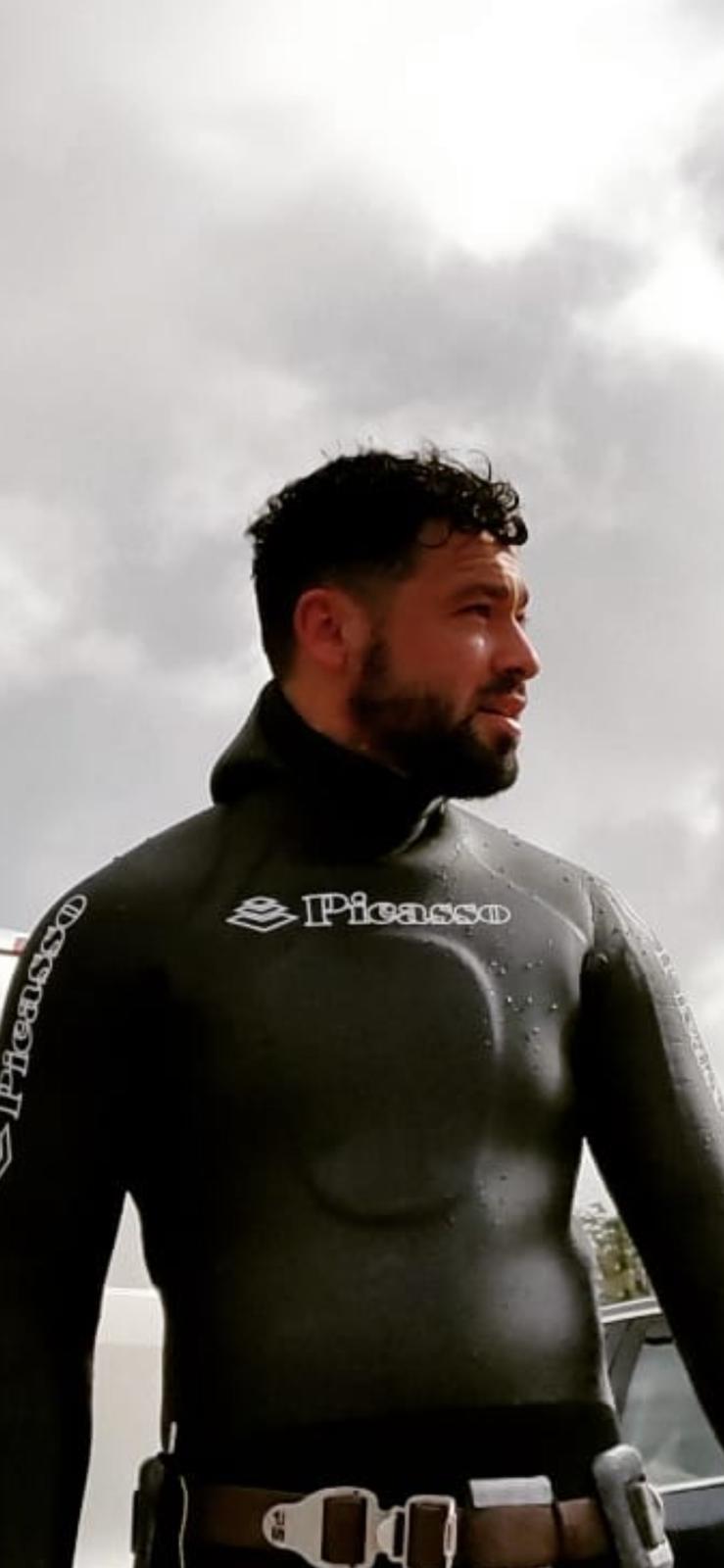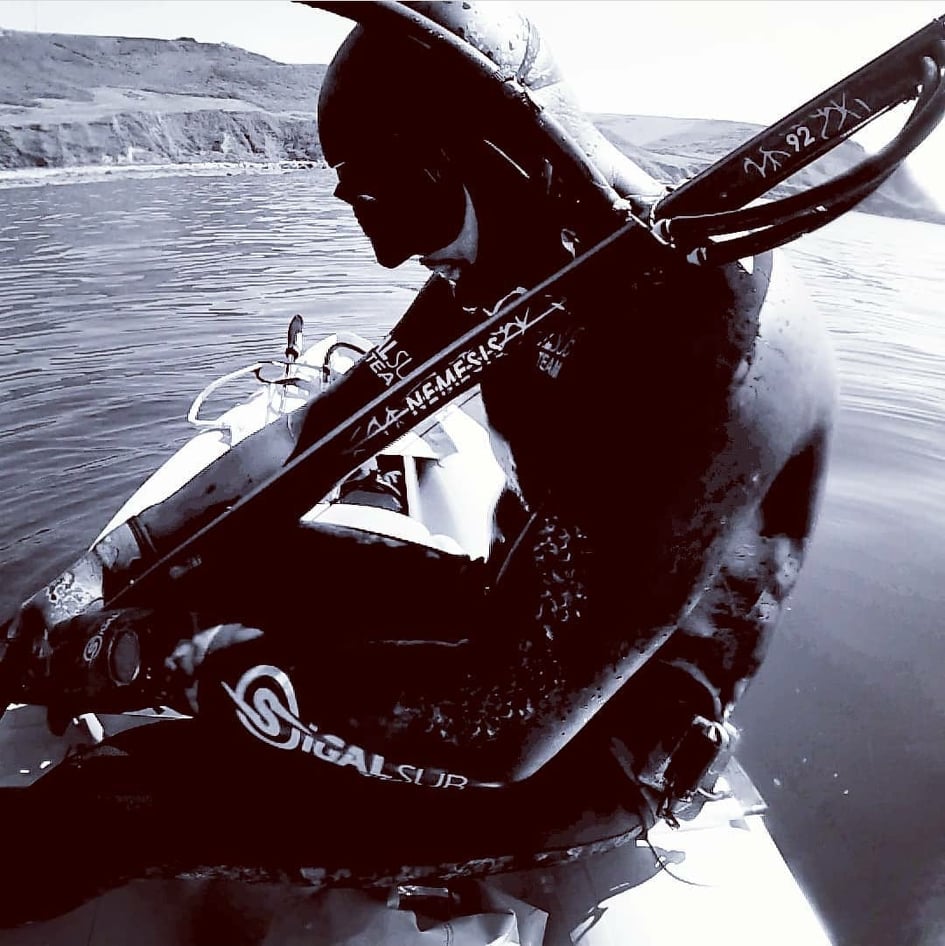In this article we will discuss night diving and how best to go about spearfishing at night, along with recommended equipment, underwater terrain/environment and techniques used to stalk fish in shallow water at night. Whilst spearfishing at night is illegal in many countries, it is legal and enjoyed by many spearos within the UK, as it is a good way of putting fish on the table especially when there are not many fish to be seen during the day. For some people it is the buzz of hunting in the dark, with limitations on how far and what you can see illuminated by the torch fearing the unknown beyond the torch beam, for others it is a good opportunity to catch a personal best fish, or just simply the only time some people can enjoy the fruits of the ocean because of work commitments and family constraints. But whatever your reasons for diving at night it is a different aspect to spearfishing and can provide your friends and family with fresh fish.
We will break down this topic into the following sections:
~ safety
~ target species
~ suitable environments
~ techniques
~ equipment
Safety
As with all aspects of spearfishing we recommend you always dive with a buddy and let your friends or family know where you are going and what time you should be expected back home. It is a good idea to alert the coastguard or RNLI where you will be heading and a rough time you will be in the water, this reduces the risk of them sending out a safety team to check you are not actually in trouble from falling overboard or a sinking boat. We recommend if a large group of you are going to the same place arrange it so that some go one direction and others head the opposite direction, it is best enjoyed in groups of 2’s or 3’s sticking together – any more than this it starts to get crowded and you will likely scare the fish. Another good idea is to have either a glow stick (snaplight) or reflective tape on your flag pole so others can see where you are relatively quickly and easily.
Target Species
The most common fish spearfishers target at night are bass, grey mullet, red mullet flatfish and squid. We shall discuss each one in turn.
Bass
The most sought after fish when hunting at night. Big bass like to come in close to the shore at night, we believe this is because the water is warmer here with it being shallower, and also that is where a lot of the food gets washed up for the big fish feeding/resting after feeding. Big bass can be caught all year around, even in the colder months at night. They are often solitary fish that do not shoal. You may see others nearby but not in shoals like you can see through the day in deeper waters.
Grey mullet
Typically like rocks with seaweed, sewage pipes or string weed both through the day and at night. At night they will come into the shallower water as there is no one to disturb the water, they will feel less threatened and can be seen feeding off the structure. Grey mullet tend to start appearing around late March or April time and can be solitary but mostly in small groups.
Red mullet
Are more commonly found in the summer months on either sandy bottoms near reef or in very fine short kelp and fan weed. They can be fond amongst string weed and areas of small stones and shingle also.
Below you can see a red mullet at the bottom.
Flatfish
The most common flatfish are flounders, plaice and sole, but there is the chance of turbot and brill also. Once again these fish come into the shallower water at night, especially flounders which like to sit near freshwater outlets, or lie on warm stones very close to the shore. The plaice and sole generally like areas of sand with reef nearby. They will sit on the edge of where the sand meets the reef/weed and will sometimes bury themselves, but most of the time will be sat on top of the sand.
Can you spot the flatfish in the photo below?
Squid
Tend to be seen towards the end of the summer. They come in to the shallow reefs hunting the smaller fish such as pout and juvenile pollack or smelt. They are generally found in mid water and especially like areas lit up with lots of bright lights or street lamps near the surface because they are attracted to lights. The bigger ones are generally by themselves but you may see them in small groups.
Environments
The best beaches for spearfishing at night are long beaches with two features that meet, eg shingle going to sand or reef going to sand. The closer these two meet the better for night spearfishing. This is generally where the food is collected and subsequently where the fish will be. Beaches that are sand or shingle and have a reef out further are good as the fish will come in to the area between the shore and the reef at night, and areas with stringweed or boulders both tend to hold big bass and/or mullet. The most popular night diving venues tend not to have tide running through or across them, this is because a lot of the fish come in at night to get away from tides so they can feed and digest their food in a more relaxed and docile way. A long beach with a headland at either end that is quiet with no activity on the water is a good starting point for night time spearfishing, swimming from end to the other you should expect to see a variety of fish. Beaches that have shingle going to sand or some sandy beaches will have small gullies running parallel to the shore, even if they are only 3 or 4 inches deep they should be investigated as many fish will sit on the flats next to these gullies or slowly swim along the gullies looking for food.
The techniques for spearfishing at night are generally the same regardless of the terrain or target species. This is mostly because a lot of the fish are spotted from the surface and you don’t have to dive down very deep at all. You shouldn’t need to go deeper than 3m for spearfishing at night, the majority of the fish actually come from water below shoulder height if you were to stand up. It is recommended to wait at least 1 hour after it has got dark before you get into the water, this allows the fish a chance to move in to the shallows before you spook them.
You should start by carefully walking down the beach, making as little noise as possible, crunching stones, talking to your buddy or dropping your gear onto the beach will result in fish nearby being spooked, when you get to the water walk in to waist height and sort your mask and fins, let out your float line and then lay in on the surface. Avoid spitting water through your snorkel, instead remove the snorkel to drain the water out. Now locate the join between the two ground types as previously mentioned, slowly swim along this or a gully with a torch in one hand and a short speargun in the other. Make sure you do not splash around with your fins or keep spitting water through your snorkel.You should move the torch and the gun together and scan left and right, keep an eye on on the bottom using peripheral vision to spot flatfish that are laying on the flats next to the gullies or on the edge of the contrasting features. Bass will swim along these gullies or lay resting up, and can be in mid water also. The mullet will generally be swimming along the beach or feeding near rocks or string weed. It is important when you see a fish to not shine the torch directly at them, instead either dim the intensity of the light or lower the torch just enough so you can see the silhouette of the fish using the outer light from the torch beam. This will give you the best chance of not spooking the fish and they should be ready to take the shot. Once your shoot the fish, try to get it under control and dispatch it as quickly as possible, so it cannot spook other fish nearby. It is a good idea to swim back a few meters over the ground you have just covered, and then dispatch the fish as this can allow fish nearby to continue along the gullies with as little disturbance as possible.
For diving in stringweed you should creep through very slowly and quietly, keeping the fin strokes short and slow to prevent making noise. The fish will most likely be moving through the stringweed mid way up or near the bottom.
If you are diving along the edge of a reef that meets sand, look for bass slowly zig zagging into the reef and back out again, when then come out onto the sand that is the preferred time to shoot them. It is a good idea to have your buddy 3-4m inside of the reef as bass will often swim through the gullies and kelp along here.
For diving boulders you should slowly approach the boulder and look around the sides, bass mullet and flatfish are likely to be laid up next to the boulder at the base where it meets the bottom. Ideally approach from behind, dim the torch and shoot slightly angled to ensure a good shot.
If diving close to the shore in a small swell with a buddy, have one right on the shore and one just outside of that. As a wave comes it will push the closest one nearly onto the shore and the buddy into the position that the other diver was in. You should look down as fish will most likely swim beneath you, and swim along the shore allowing the waves to zig zag you along. It is often a good idea here to dim your torch as there is likely to be particles in the water and a white intense light will reflect back at you.
Equipment
To enjoy night spearfishing as much as possible it is recommended to have a short powerful gun, preferably no longer than 75cm with a single 16 or 18mm band and a spear of 6-6.5mm thickness such as the Picasso Cobra.
The guns can be closed or open muzzle (closed muzzle is much easier to load at night) and have a bungee attached, there isn’t much requirement for a reel, long guns or double banded guns at night as most of the fishing is close range. Pneumatic guns are a popular choice because of the power they offer for such a short length. The floatline should be floating and short. Around 5m is perfect, with a popular choice being aquarium/fish tank pvc tubing sealed at both ends. The floats very nicely and doesn’t tangle much.
The float can be any conventional float with possibly a spare torch attached to it, in areas where seals frequent a dive hunter style float like the Epsealon Patrol can be of great advantage as he fish can be stowed in a bag on top of the float, preventing any unwanted attention and creating less drag in the water. Another float that’s good and a lot cheaper if your on a budget is the Picasso hydro-float. It can carry spare torches water bottles and net catch bags can be placed over the top and clipped down the sides to hold lobsters and crabs.
The float can be attached to the gun allowing you to let go if you hit a fish with a bad shot. The best torches to use are the ones with a magnetic slider switch, this allows the beam to be dimmed when a fish is seen to prevent spooking it. It is a good idea to have the beam on half power to preserve the battery life and it can allow you to see more as your eyes adjust to the lack of light better. For water that has lots of particles in the water a yellow beam or a narrower beam is more suitable as you get less light reflect back at you. For clear water a wider, more white beam is preferred as you can see more in the outer light surrounding the beam. Ideally a light with 4 hours of batter life at full power is desired and you can achieve this with the Picasso Venus Mini Rechargeable.
Credits
Matt Newman – Author of this article


